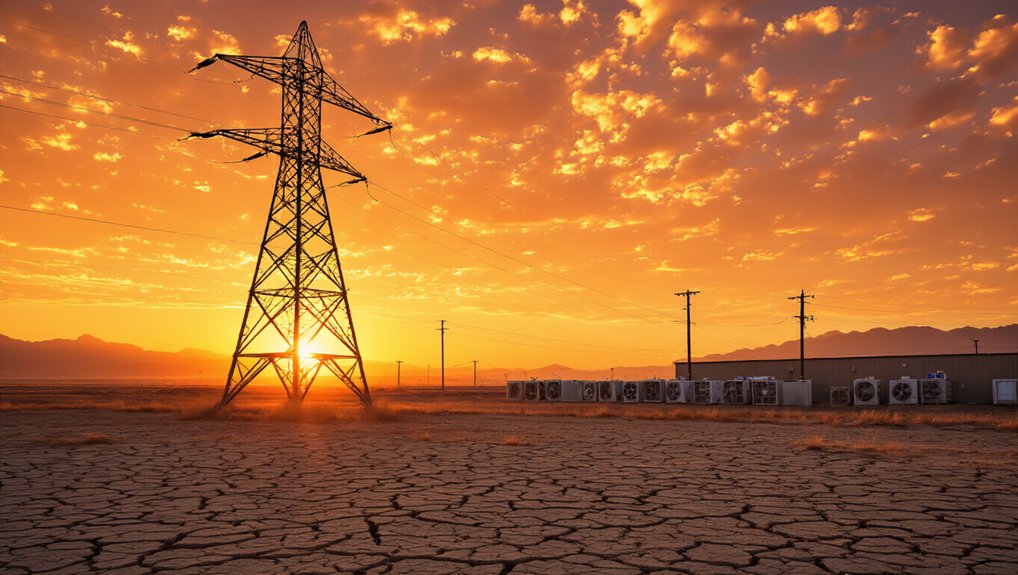Clean air, water, and electricity form a crucial trio that directly impacts human health. Poor air quality causes respiratory and heart diseases, while clean water prevents dangerous illnesses like cholera. Electric appliances reduce harmful indoor pollution by eliminating fossil fuels from homes. These environmental improvements create significant economic benefits, preventing over 53,000 premature deaths annually and generating up to $608 billion in yearly health advantages. The most vulnerable populations stand to gain the most from these essential resources.
Every aspect of clean air, water, and electricity contributes to better public health outcomes across the United States. Research shows that poor air quality is directly linked to serious health problems including respiratory diseases and heart issues. If we eliminated PM2.5 particles from our air, we could prevent over 53,000 premature deaths each year in America alone.
Clean water is equally essential for good health. Without it, dangerous diseases like cholera and typhoid can spread quickly through communities. When people have access to clean drinking water, they’re less likely to get sick with stomach illnesses or need hospital care. This is especially important for pregnant women and young children whose development depends on safe water.
The third piece of this health puzzle is electricity. When homes switch from fossil fuels to electric appliances, indoor and outdoor air pollution drops considerably—by more than 300,000 tons of PM2.5 yearly. Electric heating, water systems, and cooking lead to fewer breathing problems and heart diseases. Full electrification of homes completely eliminates fossil fuels from indoor environments, significantly improving air quality. Geothermal energy systems provide a reliable and environmentally friendly power source with minimal air pollution compared to conventional fossil fuels. Hospitals and clinics also need reliable electricity to keep vaccines cold and run life-saving equipment. Electrification initiatives generate approximately $40 billion in health benefits annually through reduced pollution exposure.
These environmental improvements make economic sense too. Clean air programs create up to $608 billion in yearly benefits by preventing illness and death. For every dollar spent on air quality, society gains up to $9 in health benefits. Likewise, renewable energy has provided between $29.7 and $112.8 billion in health advantages from 2007 to 2015.
The benefits aren’t shared equally, though. Children, elderly people, and those with lower incomes often suffer more from pollution. They also stand to gain the most from environmental improvements. Clean air reduces asthma attacks—220,000 fewer each year—while clean water prevents countless infections.
When communities have clean air, safe water, and reliable electricity, people miss less work and school—670,000 fewer missed days annually. This trinity of environmental factors isn’t just about comfort—it’s fundamental to human health and economic prosperity.
References
- https://www.rewiringamerica.org/newsroom/health-report-2024
- https://www.energy.gov/eere/health-safety-and-environmental-impacts
- https://www.epa.gov/clean-air-act-overview/progress-cleaning-air-and-improving-peoples-health
- https://www.rewiringamerica.org/research/home-electrification-health-benefits
- https://pmc.ncbi.nlm.nih.gov/articles/PMC9109601/









